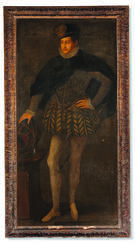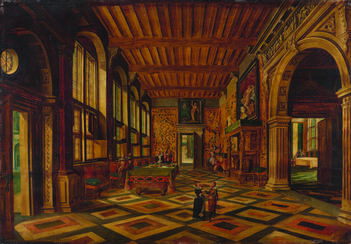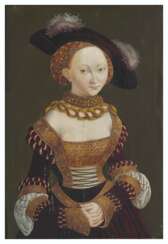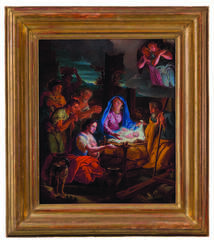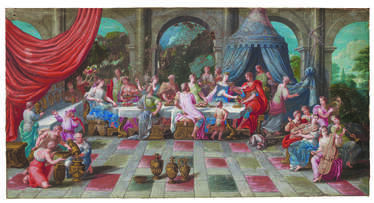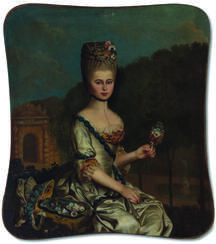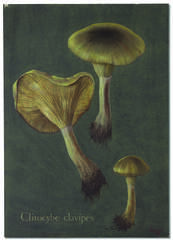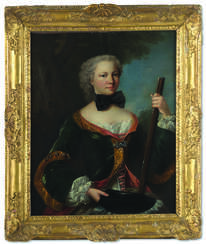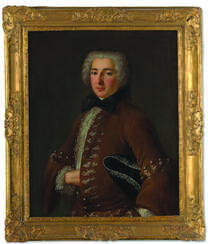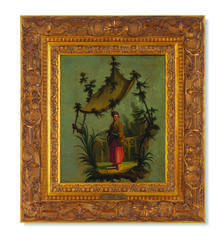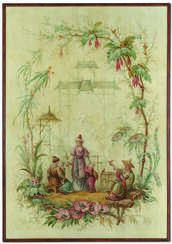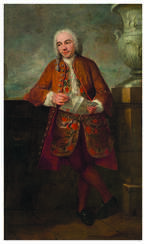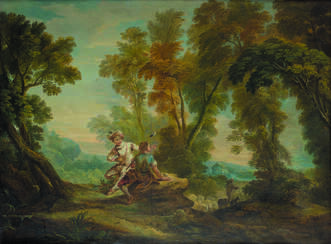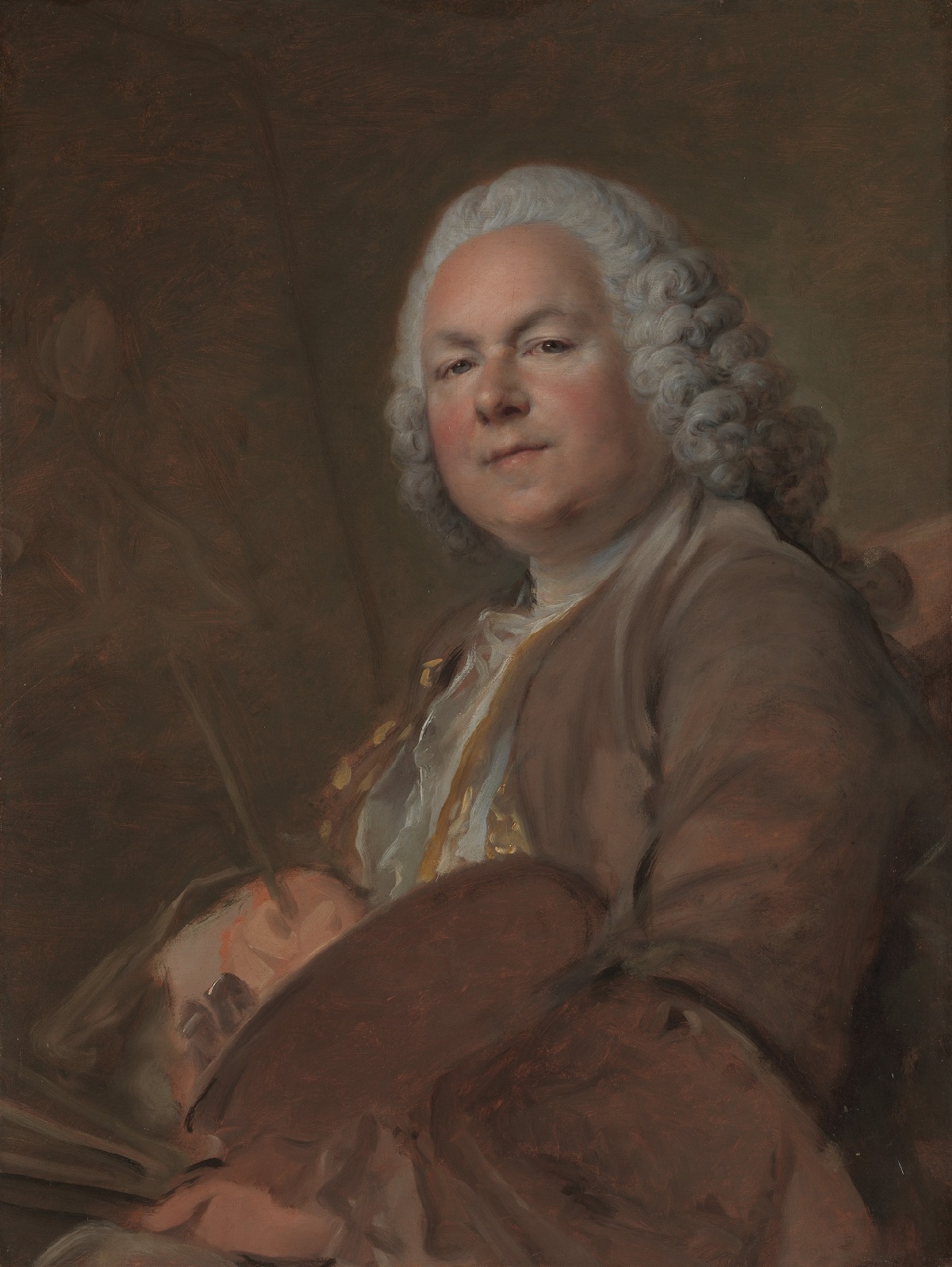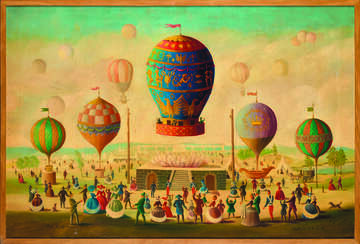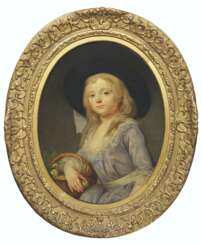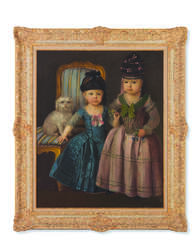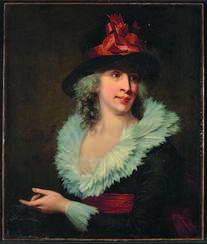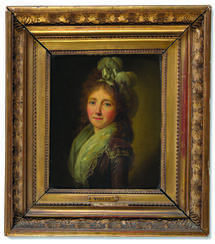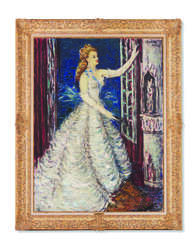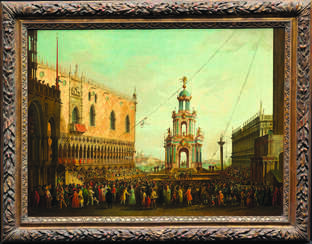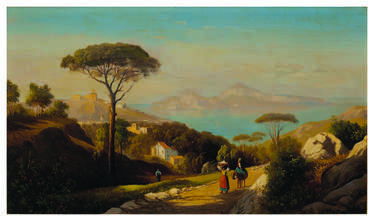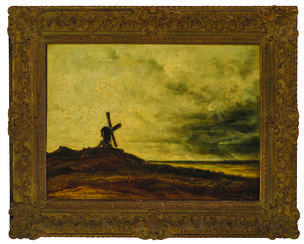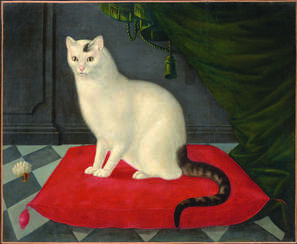
Paintings — The Collector: Le Goût Français
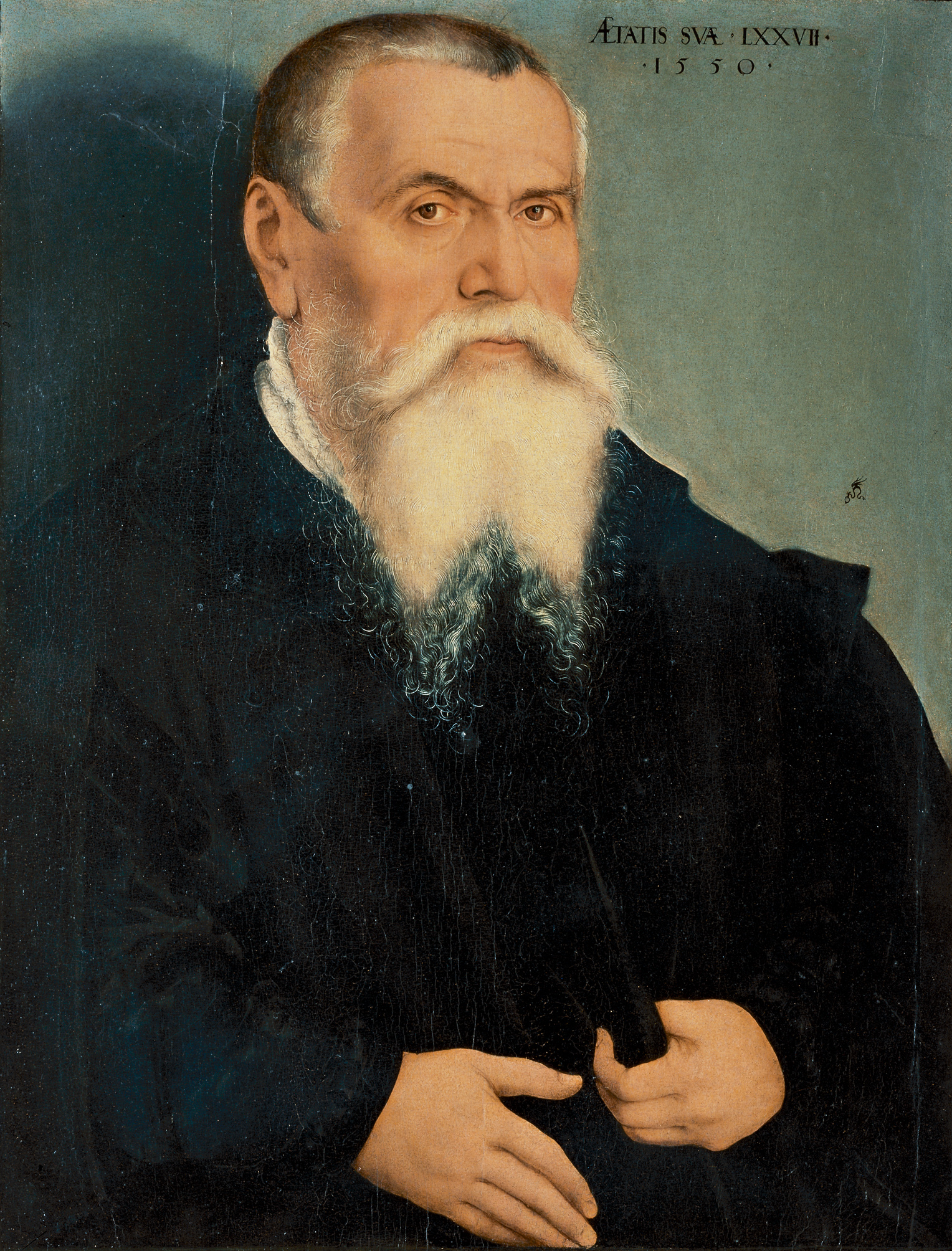
Lucas Cranach the Elder was a pivotal figure in German Renaissance art. As a leading painter of Saxony, his influence spanned across the 16th century, making significant contributions through his paintings, woodcuts, and engravings. His artistic journey began under the tutelage of his father, Hans Maler, and saw him becoming court painter to the Elector of Saxony, where he produced a vast array of works including altarpieces, court portraits, and notably, portraits of Protestant Reformers.
Cranach's artistry was not confined to any single genre. He was renowned for his portraits of the aristocracy, deeply symbolic religious paintings, and engaging mythological scenes. His ability to capture the essence of the Protestant Reformation, notably through his portraits of Martin Luther, showcases his close connection to the movement and his role as a key figure in conveying its ideals through art.
A significant part of Cranach's legacy is his workshop in Wittenberg, which was a hub of artistic production. This workshop produced numerous works that bore his distinctive winged serpent signature, a mark of quality and innovation in the art of the period. Cranach's workshop was known for its efficient operation, enabling the production of a large volume of works that catered to the high demand of his time.
For collectors and experts in art and antiques, Lucas Cranach the Elder's work represents an intriguing intersection of art, culture, and history. His contributions to Renaissance art and his unique portrayal of religious and mythological themes continue to captivate audiences, making his work highly sought after in the world of art collection.
To explore more about Lucas Cranach the Elder's fascinating contributions to art and to stay updated on new discoveries or auction events related to his works, consider signing up for specialized updates. This subscription is designed for enthusiasts keen on delving deeper into the rich tapestry of Renaissance art and history, ensuring they remain well-informed of relevant sales and scholarly insights.
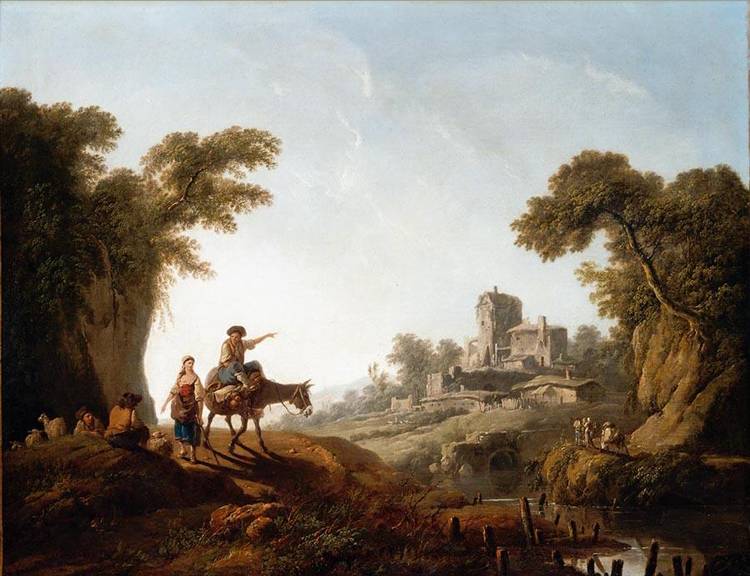
Jean-Baptiste Pillement was a French painter and designer, known for his exquisite and delicate landscapes, but whose importance lies primarily in the engravings done after his drawings, and their influence in spreading the Rococo style and particularly the taste for chinoiserie throughout Europe.

Jean-Baptiste Pillement was a French painter and designer, known for his exquisite and delicate landscapes, but whose importance lies primarily in the engravings done after his drawings, and their influence in spreading the Rococo style and particularly the taste for chinoiserie throughout Europe.
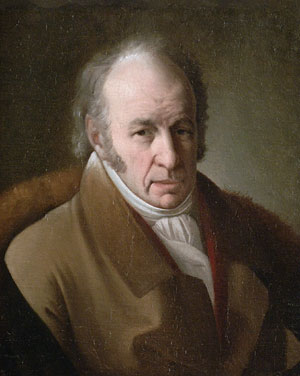
Giuseppe Bernardino Bison was an Italian painter celebrated for his mastery in frescoes, landscapes, vedute, capriccios, and religious works. Bison's journey through art took him across Italy, leaving a legacy that bridged the 18th and 19th centuries. His education under the tutelage of Gerolamo Romani and Constantino Cedini at the Accademia of Venice laid the foundation for a career influenced by the luminaries of Venetian painting, such as Tiepolo and Francesco Guardi.
Bison's eclectic and versatile style made him a pivotal figure in prolonging the vedutist tradition. His oeuvre includes a significant number of graphic works alongside his frescoes and easel paintings, which often depicted topographical vedutas and fantasy scenes. He worked in various cities, including Ferrara, Trieste, and Padua, leaving behind numerous palaces and villas adorned with his frescoes.
His art found a market among the affluent non-aristocrats of the time, collaborating with art dealer Tosoni to produce landscapes and vedute that catered to local tastes. Despite his success in places like Trieste, Bison's later years in Milan were marked by smaller commissions and financial struggles.
Bison's works are preserved in esteemed collections worldwide, including the Cooper Hewitt, Princeton University Art Museum, University of Michigan Museum of Art, Clark Art Institute, Detroit Institute of Arts, and the Metropolitan Museum of Art, among others. His paintings, such as "The Arsenale in Venice," "The Hermits of Thebes," and "Capriccio of Padua," continue to captivate audiences with their intricate detail and historical value.
For collectors and experts in art and antiques, Bison's legacy offers a unique glimpse into the transition of Italian painting from the 18th to the 19th century. His ability to blend realism with fantastical elements makes his work a fascinating study in the evolution of European art.
For updates on exhibitions, sales, and auctions related to Giuseppe Bernardino Bison's works, sign up for our newsletter. Stay informed on the latest discoveries and opportunities to acquire pieces by this remarkable Italian artist.
